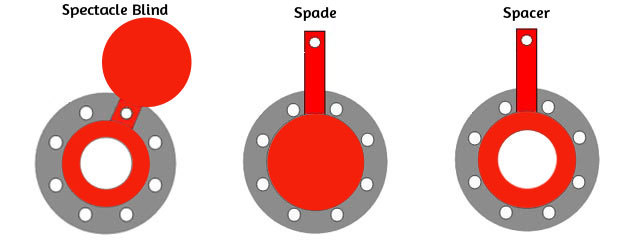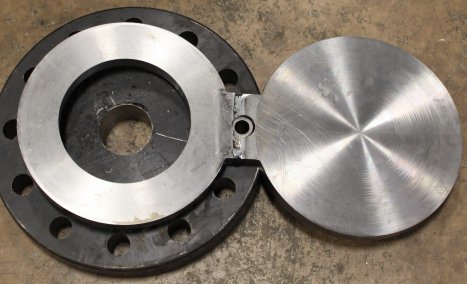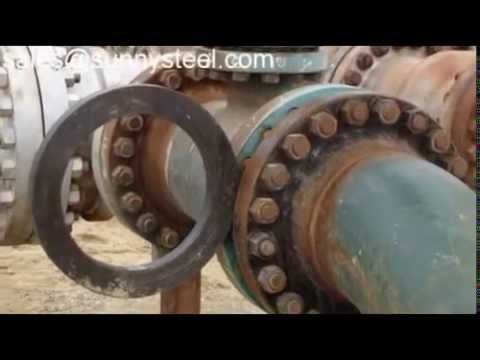I am seeking advise on Spacer and Blind aka Paddle blind.
Engineering has advise me it is THROUGH BOLTED and explained it as they are expecting bolt holes drilled all round the circumference ?
Would this be correct from the research I have found for the product to work it would have to fit within the Bolt circle, is that correct.
In brief how does this product configuration operate ?
Also my workshop have submitted drawings to me that show a bolt hole drilled into the TAB part of both products, is this how they connect together just with studs and nuts ? if so though surely the two pieces would be offset from each other once bolted ?
Many thanks
Engineering has advise me it is THROUGH BOLTED and explained it as they are expecting bolt holes drilled all round the circumference ?
Would this be correct from the research I have found for the product to work it would have to fit within the Bolt circle, is that correct.
In brief how does this product configuration operate ?
Also my workshop have submitted drawings to me that show a bolt hole drilled into the TAB part of both products, is this how they connect together just with studs and nuts ? if so though surely the two pieces would be offset from each other once bolted ?
Many thanks



